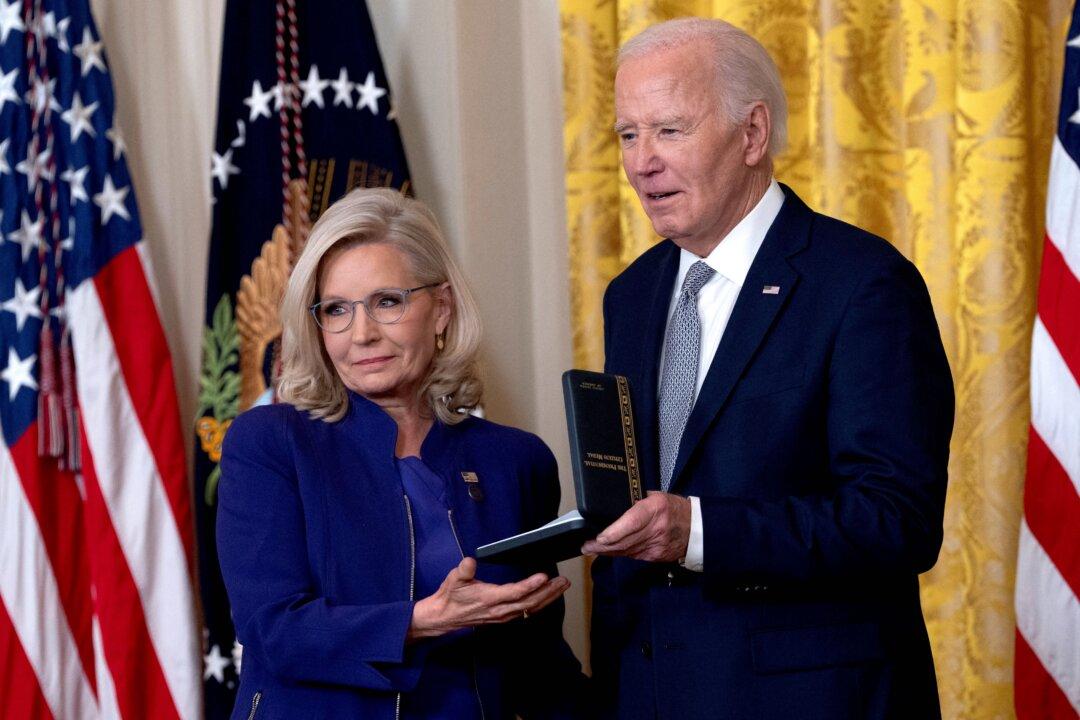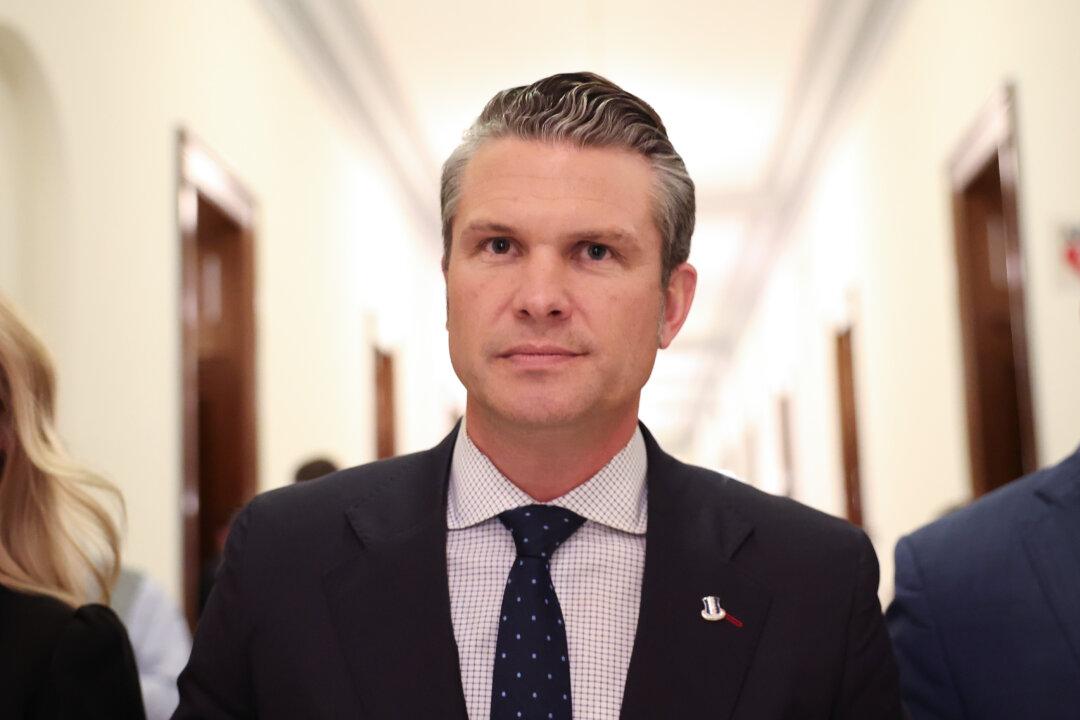Plans to provide offshore wind power to New York City through the Empire Wind 2 project have been scrapped due to challenging “economic circumstances,” however, a company executive has hinted the project might not be completely dead.
A joint venture between Norwegian state-owned multinational energy company Equinor and British multinational oil and gas company BP, Empire Wind 1 and Empire Wind 2 were approved in November last year. Combined, they were expected to have a total capacity of 2,076 megawatts, enough to power 700,000 homes per year.





